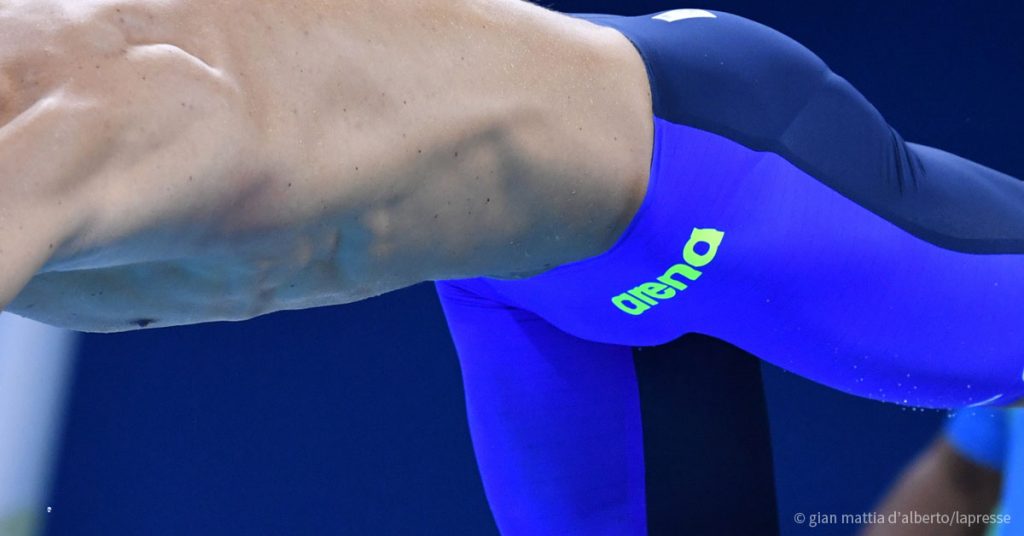Find out how to make the most of this “old-fashioned” piece of equipment to improve your swimming!
A medicine ball is a very versatile means of varying, improving and making your “dry-land” swim training more effective.
Going way back into the past, 3000 years ago, the first reference to medicine balls was in Persia, when wrestlers used heavy balls filled with sand for training. In ancient Greece, the father of medicine, Hippocrates, made balls out of layers of animal skins for medical rehabilitation purposes. The name comes from a different meaning of the word “medicine” that was synonymous with health.
Frequently used for rehabilitation purposes, a medicine ball is a versatile piece of equipment that you can use for performing all kinds of different exercises. It can also be an ideal way of increasing training loads when working with young children. Generally speaking, they are the same size as a basketball (but they can be smaller/bigger) and can weigh anything from 1 to 10/12 kg.
Generally speaking, no training session involves using just a medicine ball, which is, in fact, used for performing specific exercises. It is actually frequently used for strength training, which is so important for swimming. An exercise using a medicine ball (working on the same muscle group) is performed straight after some other exercise. Medicine balls are often used as part of circuit training incorporating specific exercises for swimming.
A medicine ball is mainly used when performing bodyweight exercises and, since this inevitably means overloading, you must be very careful how you use it.
Let’s take a look at a few exercises for all the muscles used for swimming that can be performed in one single set or in combination with another exercise.
Upper body twists in a sitting position with your legs raised – starting in a sitting position, bend your legs and lift your feet off the ground while tensing your stomach muscles. From this position holding the medicine ball in your hands, twist your upper body to the right and then the left, touching the ground with the medicine ball by your hips – 3/4 sets of 10 twists on each side.
[vc_row][vc_column width=”1/1″][vc_video link=”https://youtu.be/qi5GG5gVigw”][/vc_column][/vc_row]
Forwards/upwards chest presses – starting in either a standing position or lying down with a medicine ball held close to your chest, thrust out with your arms to throw the ball against a wall or upwards (with somebody’s help) as fast as possible, catch the ball and repeat – 3/4sets of 10 reps – This can also be performed after sets of press ups.
[vc_row][vc_column width=”1/1″][vc_video link=”https://youtu.be/xbqgbhX4Uw8″][/vc_column][/vc_row]
Floor throw from above head – Start with the ball above your head and your arms extended and then throw the medicine ball against the floor as hard as possible using either both hands or one hand only, simulating the underwater phase of the arm stroke – 3/4 sets of 10 reps – This can also be performed after a set of (assisted) pull-ups.
[vc_row][vc_column width=”1/1″][vc_video link=”https://youtu.be/EVJQDXAaD24″][/vc_column][/vc_row]
Squats – perform a squat holding the medicine ball in front of you with your arms extended – 3/4 sets of 8 reps.
[vc_row][vc_column width=”1/1″][vc_video link=”https://youtu.be/moSmAvykHQk”][/vc_column][/vc_row]
You might also perform these 4 exercises together as a circuit. Do 3/4 circuits beginning with 15” exercises and 10” rest, gradually increasing the length of the exercises by 5”/10” for each circuit.
